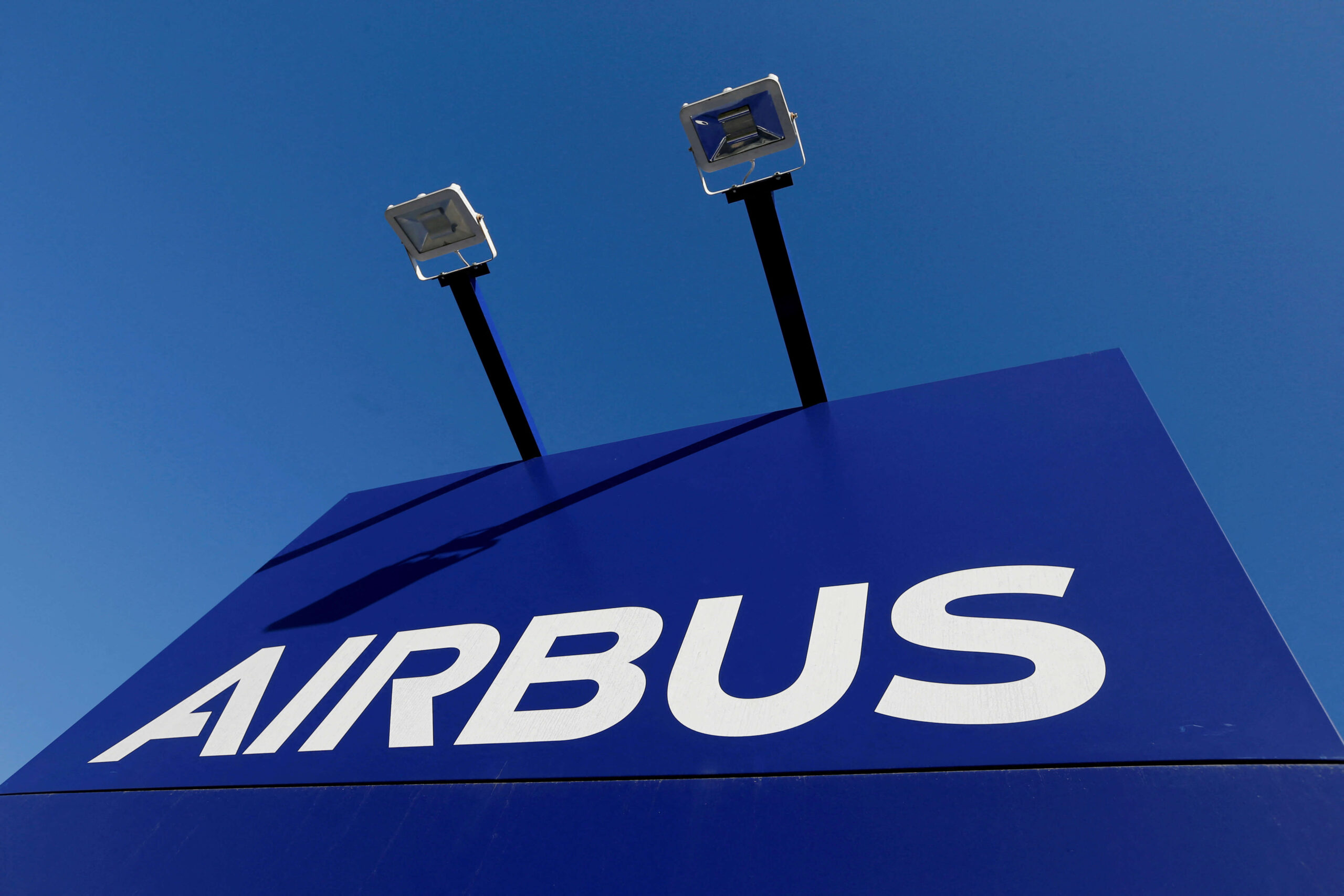Airbus is intensifying its testing of innovative wing technology in preparation for the development of a future successor to its highly successful A320 series. The aircraft manufacturer is aiming to design and construct longer, lighter, and more slender wings that incorporate folding wingtips, thereby promoting sustainable flying. The inauguration of a wing technology facility in southwest England by British Industry Minister Nusrat Ghani signifies the company’s commitment to this endeavor.
Sue Partridge, the head of Airbus’ Wing of Tomorrow program, stated that the initiative is aimed at preparing the necessary technologies for the next generation of Airbus aircraft, regardless of the specific model. Although the research and development activities could potentially benefit any project, the focus is primarily on a successor to the A320, which Airbus has indicated could be introduced sometime between 2035 and 2040.
The choice of wing design, production methods, and engine developments will significantly influence the competitive landscape in the aviation industry well into the latter half of the century. Industry insiders estimate that Airbus is investing several hundred million dollars in the Wing of Tomorrow program. The company is specifically looking to develop composite technologies that reduce the weight of wings while ensuring they remain cost-effective and compatible with high production rates.
Currently, the A320/321 and the competing Boeing 737 are predominantly constructed from aluminum, but there is a belief among designers that composites offer greater potential for achieving efficient and tapered wing designs in the future. However, the main challenge lies in the higher production costs associated with composite parts, which are more difficult to recover on the economically priced A320 and 737 compared to larger composite-based aircraft.
Airbus is engaged in discussions with multiple suppliers to explore ways of lowering costs and improving the efficiency of composite part manufacturing. The introduction of carbon wings for single-aisle jets may necessitate a revolutionary approach to production methods, as the current curing process in pressurized ovens (autoclaves) is space-consuming and energy-intensive. While a new Russian aircraft has successfully implemented autoclave-free manufacturing for its wings, analysts assert that scaling up this approach for Airbus or Boeing production volumes would require significant investment and cost reduction.
As wings become longer, the testing being conducted at the historic Filton site in England includes the incorporation of folding wingtips, similar to Boeing’s 777X, to accommodate parking gates. According to Partridge, elongating and slimming down the wings is crucial for achieving enhanced fuel efficiency. However, she refrained from specifying when Airbus would select from the multitude of technologies currently being tested, emphasizing that the company aims to be prepared for any future business decisions regarding new programs. Industry analysts suggest that if Airbus intends to launch a model for 2035, development work would need to commence around 2027-2028.
When asked whether the new technologies could be used to upgrade existing models like the A321, Partridge acknowledged the possibility. Insider sources speculate that Airbus may leverage some of the research if it decides to extend the smaller A220 model. While Airbus has not disclosed the specifics of the internally referred to “A220 Stretch” aircraft, sources suggest that one scenario involves the development of new wings and engines, with entry into service anticipated no earlier than 2030.





